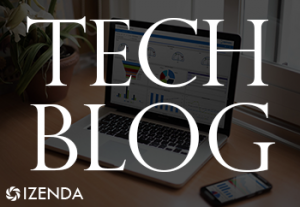The financial services industry increasingly is turning to real-time analytics to meet business needs, according to a recent survey of IT decision-makers.
 Grid Gain’s December report, “A Cautious Revolution: Financial Services’ Prudent Embrace of Real-Time Analytics,” focused on industry adoption of real-time analytics technologies. The nearly 200 respondents included project managers, network managers, software and business analysts, and other technology professionals working in financial services, Grid Gain said.
Grid Gain’s December report, “A Cautious Revolution: Financial Services’ Prudent Embrace of Real-Time Analytics,” focused on industry adoption of real-time analytics technologies. The nearly 200 respondents included project managers, network managers, software and business analysts, and other technology professionals working in financial services, Grid Gain said.
Value in Risk Analysis
Among the findings from those surveyed: • Real-time analytics offered the most value in risk analysis, with cyber-theft and fraud prevention applications second. • Processing speed was considered the biggest obstacle to real-time decision-making, with integrating diverse data streams to form a single picture second. • Scalability and speed led the list of desired data technology upgrades, followed by cloud-based analytic tools, security and uptime.
Taking Lead in Adopting Innovations
“Despite the industry’s prudent conservatism, we see confirmation that financial services continues to be at the forefront of adopting many of these real-time technologies; the nature of the business demands it,” Max Herrmann, executive vice-president of marketing at GridGain, said. “In these findings, we see an industry facing some growing pains, but we also see that it is clearly poised to continue taking the lead in adopting data processing innovations.”
GridGain Systems provides open source and commercial in-memory data fabric solutions. Their survey found that 58% of respondents “reported that their company uses in-memory technologies, which provide the level of processing power often indispensable for real-time analytic applications, and 28% reported that they are used in a ‘mission-critical capacity.’”
Intel, in a background report titled “Real-Time Advanced Analytics: The Time is Now,” notes: “For the financial services industry, the value lies in instantaneously correlating data across various vectors to draw insightful conclusions. For fraud detection, a financial institution could compare typical spending amounts, types of purchases, and spending locations in realtime,and quickly flag spending habits that deviate from normal activities. An institution could also look at spending patterns that commonly indicate fraud, such as large purchases at jewelry or electronics stores, just minutes after a smaller test purchase.”
See how easy it is to enhance your application with user-driven BI.

